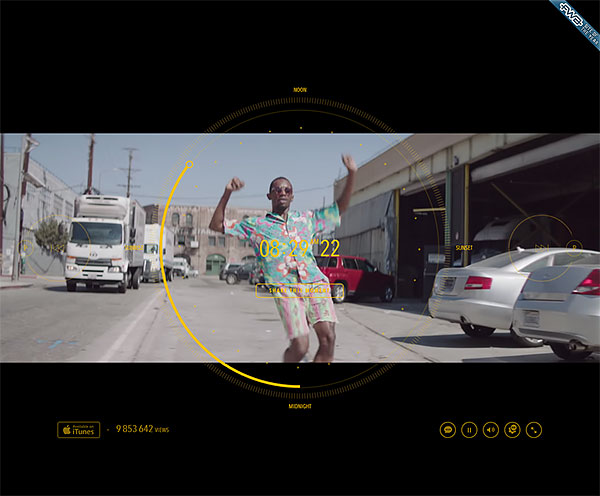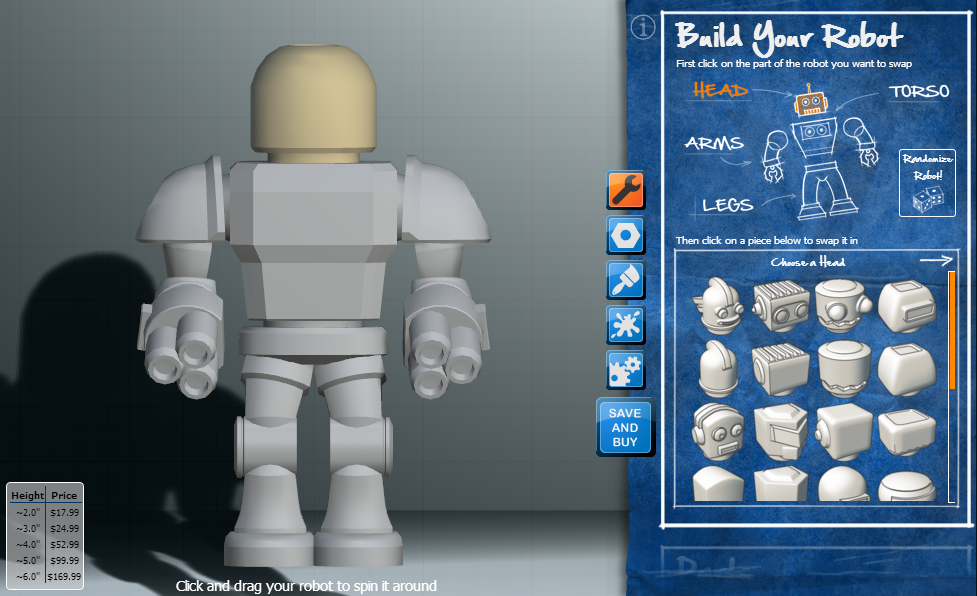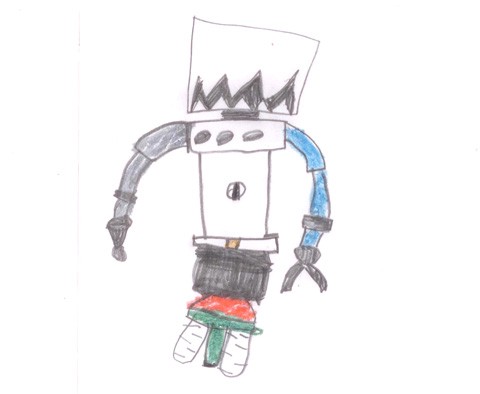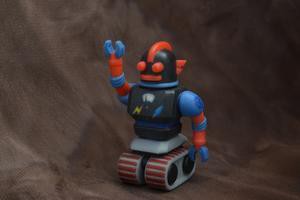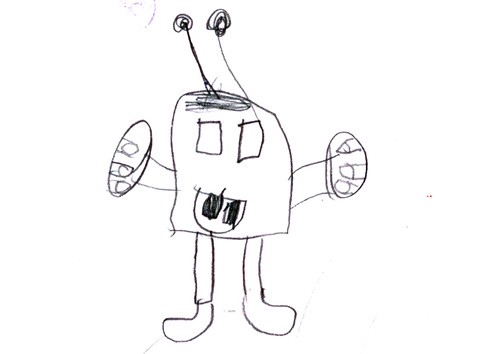We are moving from a world of User Generated Content to one filled with User Generated Product. With the the introduction of (relatively) inexpensive 3d printers like Thing-O-Matic by MakerBot Industries and web-based tools to create 3D models and renderings, we now can design, create and print our own products; not digital content, but physical objects and products. Prototyping and manufacturing can now be done in your office, with technology that is no different than what is used to lay out a newsletter or webpage. Don’t know how to model or use 3D software? Thing-O-Matic has spawned its own online open source community, Thingiverse, filled with libraries, files, tutorials and software tweaks.
The current cost of a 3D printer may not be in everyone’s budget. But over time, prices will become more affordable and 3D printers be will in every home, much like an ink jet printer. Only with this printer you can print out and replace that broken part on the coffee maker, prototype a widget or your kid can design and print their own collectible action figures.
This paradigm shift will change not only how we design and create, but how we deploy our ideas. Our children will be the greatest beneficiaries from this new paradigm.
Kids will adapt and fully utilize technologies. See previous post – Kids and Robots
